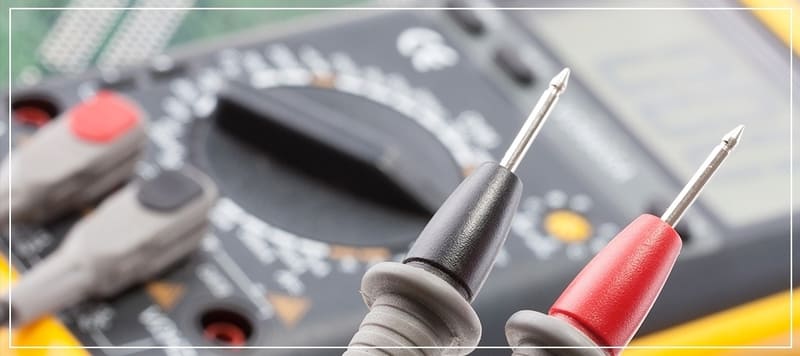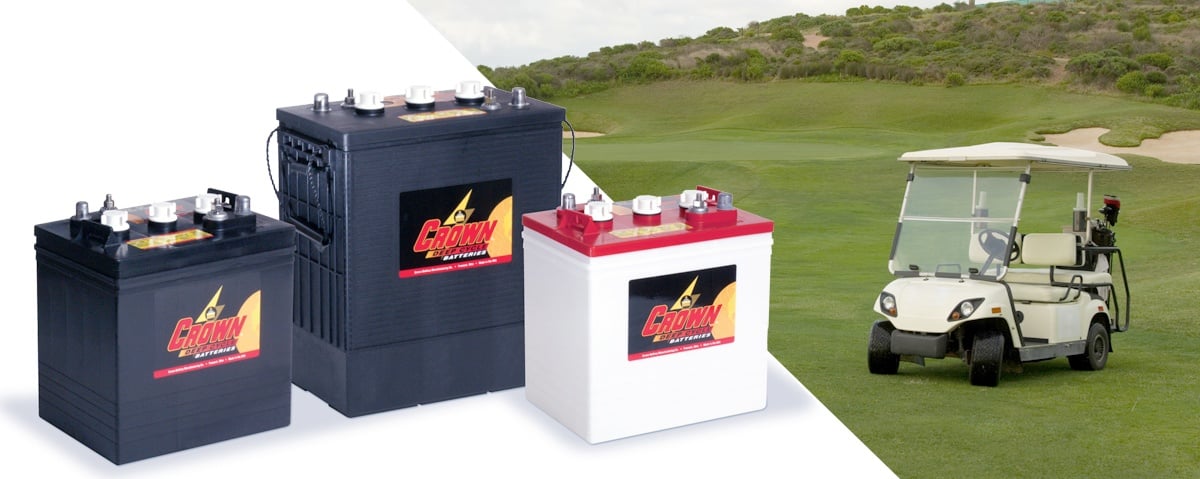Buying a deep-cycle battery for your equipment is an investment. And just like any product you buy for your business, you want to protect your investment. Regular maintenance is necessary to get the maximum life out of your battery! You must proactively detect and resolve battery problems quickly, efficiently, and cheaply. In this article, we will review how to troubleshoot your deep-cycle battery.
The most accurate test of a deep cycle battery will require an inspection of the battery's fluid condition and voltage after the charging service is completed. It's easy to do this, and you'll only need a few inexpensive, multipurpose tools - a hydrometer and a DC voltage meter. (You can find them at your local auto parts or battery retail store.) You can follow these troubleshooting steps if your battery is giving you trouble.
safety first
Before you troubleshoot a battery, be familiar with the potential risks of handling any battery. This includes wearing personal protection equipment (goggles, gloves, etc.), removing metallic objects such as jewelry, and working in an open, well-ventilated area. Before your inspection, ensure you fully charge the battery to get an accurate reading of the battery condition. Or, if you can't charge the battery, let it sit for one hour after use.
Check for Damage
You can often detect problems with your battery simply by looking for the following:
- Broken or loose terminals: If any terminals or connections are loose, damaged, or corroded, they can result in dangerous short circuits.
- Leaking or a damaged battery case: A leak can indicate a damaged battery case in flooded batteries. While the damage wouldn't prevent the battery from working, operating a battery with a damaged case is dangerous. (Leakage will not occur with an AGM battery, even with a damaged case.)
- Dirt and grime: Check the top of the battery and terminals for dirt and grime during your inspection. This corrosive buildup could cause the battery to self-discharge when not in use. Make it a point to remove any corrosion from your battery terminals or connecting cables to ensure the battery is working and charging efficiently.
Simple and Safe Inspection Process
Fluid Inspection
- Using a hydrometer to measure the specific gravity of the acid within the battery fluid.
- Following battery charging service, the hydrometer reading of all cells should be at least 1.225 -- and show less than 50 point difference between the high and low readings.
- A fully charged and healthy battery will show clear fluid without discoloration and a hydrometer reading 1.265.
Voltage Inspection
- Battery voltage after charge is an effective indication of battery health.
- Batteries with less than 100% voltage should be recharged before use. A 12-volt battery will read 12.6 volts or higher after charge; a 6-volt battery will read 6.4 volts or higher after charge.
- Make sure the battery terminals are free of corrosion before testing.
Load Test Inspection
- Batteries must be at 100% voltage before applying a load test.
- When load testing, remove all battery cables from their terminals.
- Using a load tester, apply a 15-second load equivalent to 50% of the battery's CCA rating.
- Refer to the load testers' minimum passing voltage to determine the battery condition. If the test voltage is below the minimum, replace the battery.
If your battery still performs poorly, you'll find helpful troubleshooting ideas in our seasonal battery brochure for deep cycle and AGM batteries.
Check Now — Save Big Later
Just like with a car, don't let small problems with your battery go unnoticed; minor issues can quickly lead to much bigger problems (and more expensive) problems later... and end up damaging your battery beyond repair. Get the most life out of your deep cycle battery by checking for small things and performing tests regularly.












